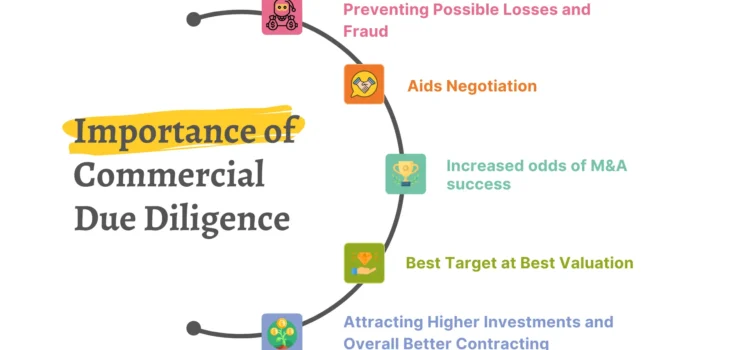Commercial due diligence (CDD) often precedes the final stages of business transactions so interested parties know what they are getting into. It unravels all the facts and data around competitors, the company’s position, ability for growth, market trends, and customer preferences.



